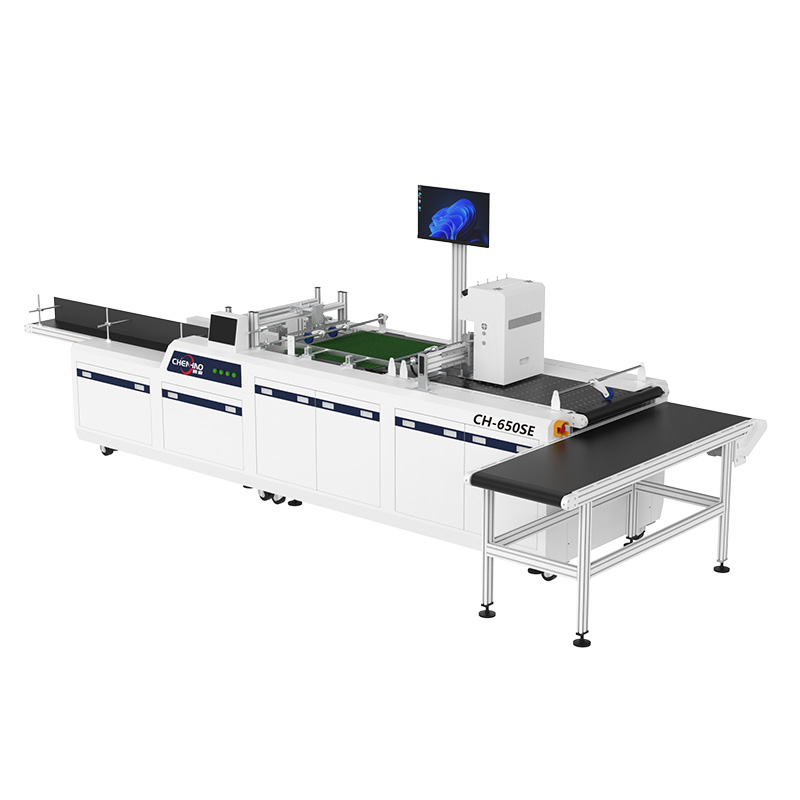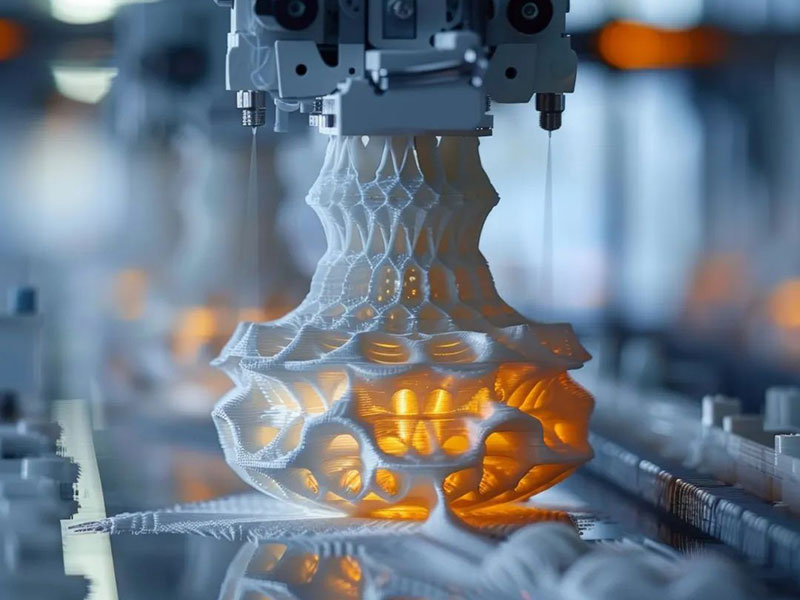Chinese Scientists Have Made A New Breakthrough In Solving The “Industry Problems” Of 3D Printing Technology!
With the rapid development of science and technology today, 3D printing technology has spread across all walks of life like a strong east wind. From complex and precise mechanical parts to lifelike product models, from fantastic architectural prototypes to personalized daily necessities, 3D printing technology, with its endless creativity and sufficient flexibility, has brought imagination into reality, making people's lives more convenient while also bringing us surprises.
Working principle of 3D printing technology
3D printing technology, also known as additive manufacturing technology, is an innovative production method that builds three-dimensional entities by stacking materials layer by layer. Its principle is similar to that of building a brick house, which can be simply summarized as "layered manufacturing, layer by layer stacking".
The 3D printing process is not complicated. First, a digital model is created or obtained through computer-aided design software, and then the model is cut into a series of very thin cross-sectional layers (i.e. slices), and the thickness of each slice is usually between tens of microns and hundreds of microns. Then, based on these slice information, the 3D printer builds the final object layer by layer through specific technology and materials.
3D printing processes include fused deposition modeling (FDM), photo-stereolithography 3D printing (SLA, DLP, LCD), selective laser sintering (SLS), selective laser melting (SLM), stereo inkjet printing (3DP), and layer-by-layer manufacturing (LOM).



